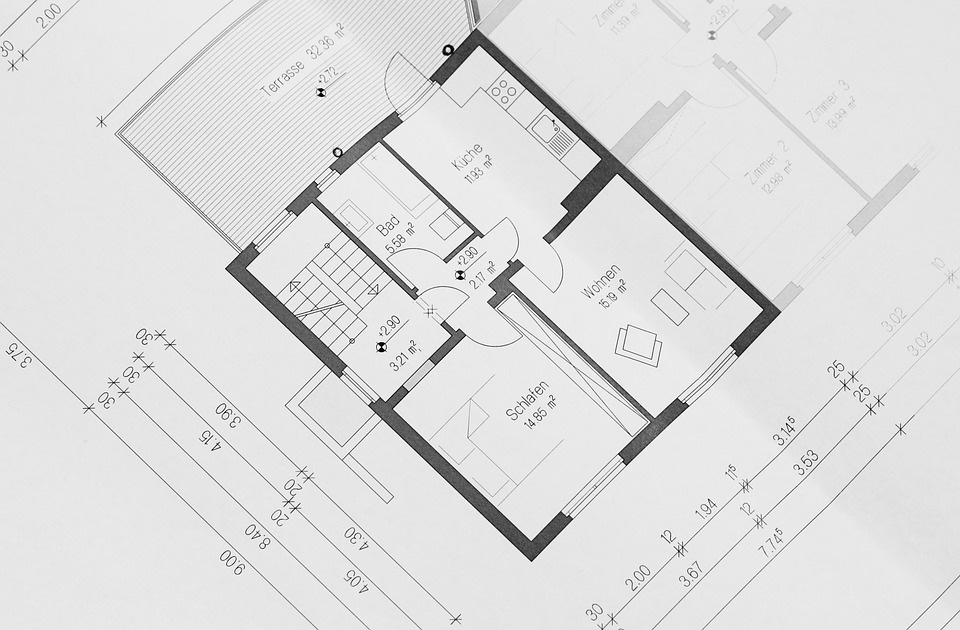The Power of Budgeting: How to Build a Personal Finance Plan That Aligns with Your Goals
Building a strong personal finance plan is essential for achieving financial stability and success. A well-planned budget helps individuals prioritize their financial goals, manage their expenses, and make informed decisions about how to allocate their hard-earned cash. In this article, we will explore the power of budgeting and provide a step-by-step guide on how to build a personal finance plan that aligns with your goals.
Why Budgeting is Important
Budgeting is not just about tracking your expenses; it’s about creating a clear plan for your financial future. When done correctly, budgeting can help you:
- Achieve your short-term and long-term goals, such as saving for a down payment on a house or retirement
- Reduce debt and avoid overspending
- Build an emergency fund to cover unexpected expenses
- Improve your credit score
- Increase your financial security and peace of mind
Step 1: Identify Your Financial Goals
Before creating a budget, it’s essential to identify your financial goals. Consider both short-term and long-term goals, such as:
- Paying off debt
- Saving for a down payment on a house
- Building an emergency fund
- Achieving a specific savings goal, such as a vacation or big purchase
- Increasing income or improving your overall financial security
Step 2: Track Your Expenses
The next step is to track your expenses. For one month, write down every single transaction, no matter how small, in a notebook or use a budgeting app. This will help you identify areas where you can cut back and make adjustments.
Step 3: Categorize Your Expenses
Create categories for your expenses, such as:
- Housing (rent, utilities, insurance)
- Transportation (car payment, gas, insurance)
- Food (groceries, dining out)
- Entertainment (hobbies, entertainment, travel)
- Debt repayment (credit cards, loans)
- Savings (emergency fund, retirement)
Step 4: Set Budget Amounts
Assign a budget amount to each category based on your income and expenses. Consider using the 50/30/20 rule as a guideline:
- 50% of your income for necessities (housing, utilities, food, transportation)
- 30% for discretionary spending (entertainment, hobbies, travel)
- 20% for saving and debt repayment
Step 5: Prioritize Your Expenses
Prioritize your expenses within each category. For example, if you have multiple debt payments, prioritize the one with the highest interest rate.
Step 6: Monitor and Adjust
Regularly monitor your expenses and adjust your budget as needed. Life is unpredictable, and unexpected expenses will arise. The key is to be flexible and make adjustments to stay on track.
Additional Tips for Building a Strong Personal Finance Plan
- Consider enlisting the help of a financial advisor or using a budgeting app to make the process easier
- Take advantage of employer matching for retirement accounts, such as 401(k) or IRA
- Avoid impulse purchases by implementing a 30-day waiting period before making non-essential purchases
- Build an emergency fund to cover 3-6 months of living expenses
- Consider setting up automatic transfers to your savings and investment accounts
Conclusion
Building a strong personal finance plan takes time and effort, but the benefits are worth it. By following these simple steps, you can create a budget that aligns with your goals and sets you on the path to financial success. Remember to prioritize, monitor, and adjust your budget regularly to stay on track. With a solid plan in place, you’ll be better equipped to achieve your financial goals and build a brighter financial future.
FAQs
Q: Why is budgeting important?
A: Budgeting is important because it helps you prioritize your spending, save for the future, and make informed decisions about how to allocate your money.
Q: How often should I review and adjust my budget?
A: Regularly review and adjust your budget to stay on track and make adjustments for unexpected expenses or changes in your financial situation.
Q: What is the 50/30/20 rule?
A: The 50/30/20 rule suggests allocating 50% of your income for necessities, 30% for discretionary spending, and 20% for saving and debt repayment.
Q: How do I know if I’m budgeting effectively?
A: You’re budgeting effectively if you’re consistently saving for the future, paying off debt, and feeling financially secure.
Q: Can I use a budgeting app to help me create a budget?
A: Yes, many budgeting apps, such as Mint and You Need a Budget (YNAB), can help you track your expenses, create a budget, and stay on track.

Leave a Reply